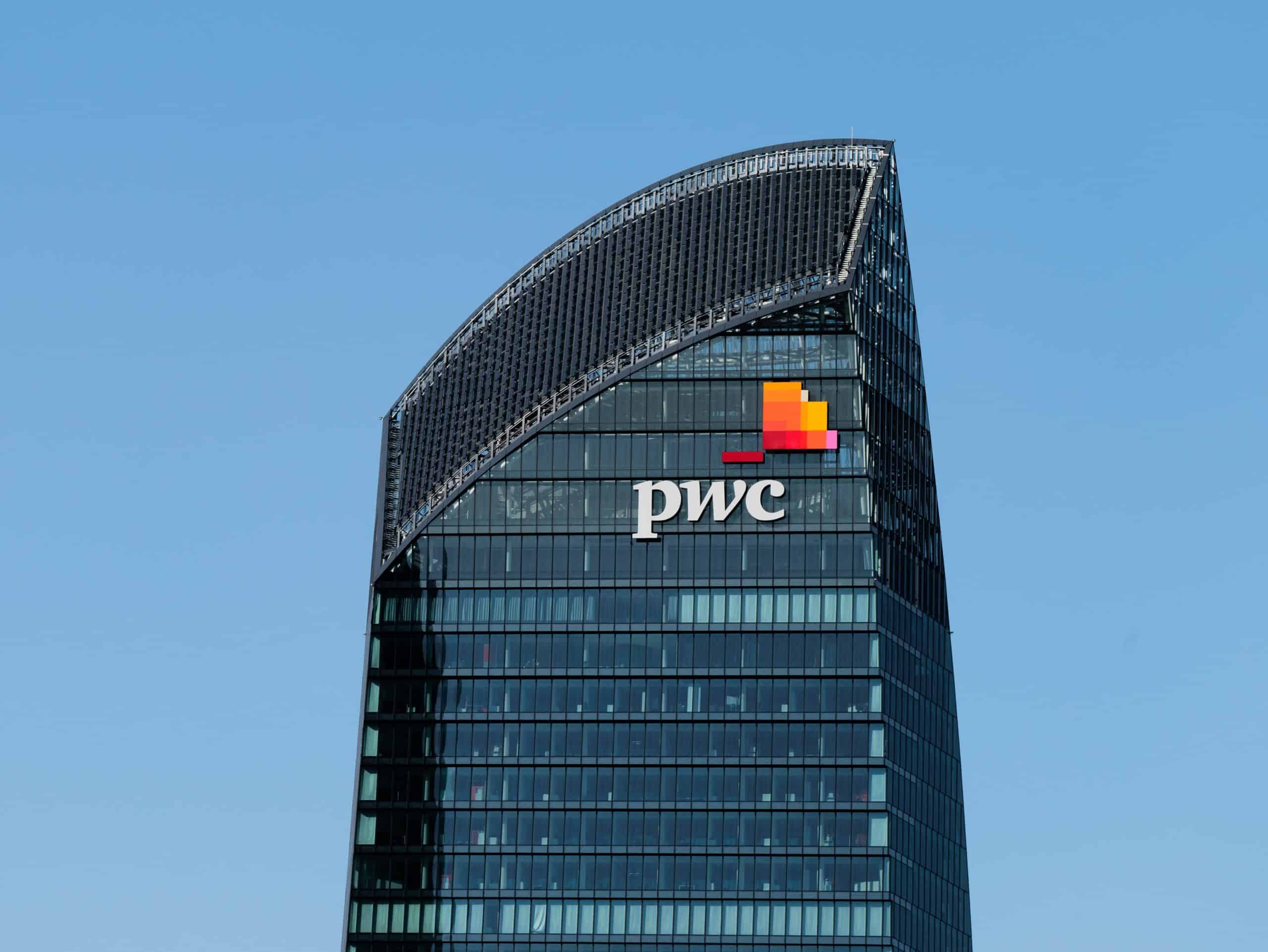Green bonds and other debt instruments geared toward sustainability are becoming an important part of global fixed income markets. Increasingly, investors seek to align their portfolios with both financial goals and internationally recognized sustainability objectives such as The Paris Agreement or UN Sustainable Development Goals (SDG).
What Are Green Bonds?
Green bonds are debt securities issued to finance projects with positive environmental impacts. These bonds fund projects related to renewable energy, energy efficiency, clean transportation, green buildings, wastewater management, and climate change adaptation. They are issued in line with the Green Bond Principles (GBP) from the International Capital Market Association (ICMA), which provide guidelines for transparent and unified reporting on bonds’ environmental objectives and impacts.
Social Bonds
Social bonds finance projects that achieve positive social outcomes, addressing issues such as food security, socioeconomic advancement, affordable housing, access to essential services, and basic infrastructure. These bonds follow the Social Bond Principles (SBP) from ICMA, ensuring improved disclosure and transparency. Recent innovations include COVID-related bonds aimed at mitigating social issues caused by the pandemic.
Sustainability Bonds
Sustainability bonds combine green and social projects, financing initiatives that deliver both environmental and social benefits. These bonds follow the Sustainability Bond Guidelines from ICMA, which align with both GBP and SBP. They can be issued by companies, governments, and municipalities, and can be secured or unsecured.
Sustainability-linked Bonds
Unlike use of proceeds bonds, sustainability-linked bonds are tied to an issuer’s achievement of specific sustainability targets, such as climate goals or broader SDG objectives. These bonds link financial conditions, like the bond’s coupon rate, to the issuer’s progress on sustainability targets, incentivizing corporate commitments to sustainability.
The History of Green Bonds
The concept of green bonds emerged in response to growing awareness of climate change risks, highlighted by the 2007 U.N. Intergovernmental Panel for Climate Change report. This led to collaboration between institutions like Swedish pension funds, SEB, the World Bank, and CICERO, establishing criteria for debt markets to support sustainability projects. The European Investment Bank and the World Bank issued the first green bonds in 2007-2008, setting a framework for issuance and reporting. ICMA later formalized these guidelines with the Green Bond Principles, and expanded to include social, sustainability, and sustainability-linked bonds.
Change the World - Subscribe Now
Looking to the Future
The green bond market is expanding rapidly, but the opportunity for climate action within the bond universe is even larger. Investors looking to support climate solutions should consider not only labeled green bonds but also unlabeled green bonds and bonds from climate leaders:
- Green Bonds: Issued explicitly for environmental projects.
- Unlabeled Green Bonds: Issued by entities aligned with low-carbon products and services, like renewable energy companies.
- Bonds of Climate Leaders: Issued by entities leading the transition to net-zero carbon, mitigating emissions and broader environmental impacts.
Why Invest in Sustainable Bonds?
Sustainable bonds offer several benefits, including:
- Mitigating Risks and Seizing Opportunities: Decarbonizing the economy presents risks and opportunities for investors. ESG factors are crucial for evaluating long-term investment prospects and risks.
- Meeting Investor Demand: Sustainable bond issuance is rising, driven by increasing client interest and global regulations. The COVID-19 crisis has further amplified demand for sustainable investment choices.
- Aligning with Sustainability Goals: Sustainable bonds enable investors to align their portfolios with sustainability objectives meaningfully. Engaging with companies during fundraising allows investors to push for sustainability commitments, driving positive social and environmental change.
Challenges
Despite the robust guidelines, greenwashing remains a challenge where issuers misrepresent the environmental impact of bond proceeds. This emphasizes the need for careful assessment of bond documentation. Sustainable bonds also carry liquidity risks, concentration risks, and credit or default risks, which need to be managed effectively.
In conclusion, green, social, and sustainability bonds are powerful tools for financing a better future. By aligning financial and sustainability goals, these bonds support the transition to a more sustainable and equitable world.
Related Article: AIIB Invests $75 Million to Green and Blue Bonds of Vietnam’s SeABank












